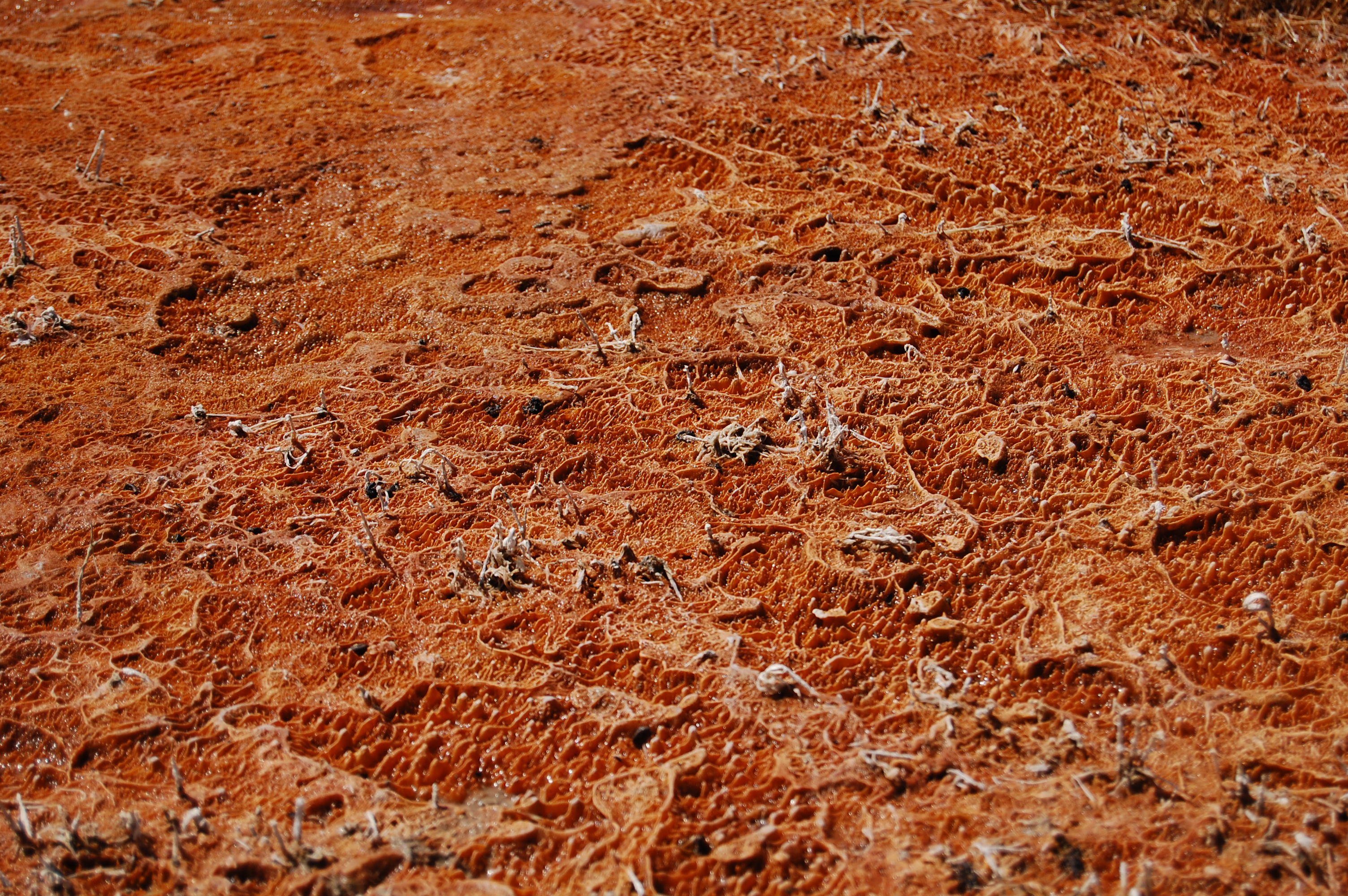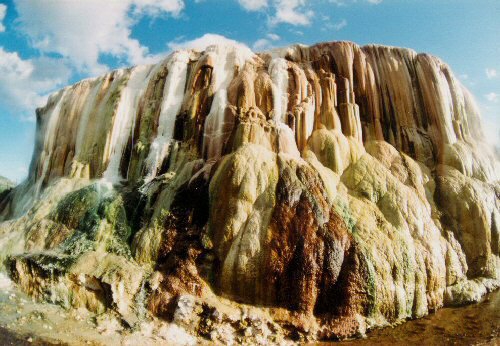|
Thermonema Rossianum
''Thermonema rossianum'' is a thermophilic and halophilic bacterium from the genus of Thermonema which has been isolated from a saline hot springs in from the Bay of Naples in Italy Italy, officially the Italian Republic, is a country in Southern Europe, Southern and Western Europe, Western Europe. It consists of Italian Peninsula, a peninsula that extends into the Mediterranean Sea, with the Alps on its northern land b .... References Further reading * External linksType strain of ''Thermonema rossianum'' at Bac''Dive'' - the Bacterial Diversity Metadatabase Sphingobacteriia Bacteria described in 1997 Thermophiles Halophiles {{Sphingobacteriia-stub ... [...More Info...] [...Related Items...] OR: [Wikipedia] [Google] [Baidu] |
Bacteria
Bacteria (; : bacterium) are ubiquitous, mostly free-living organisms often consisting of one Cell (biology), biological cell. They constitute a large domain (biology), domain of Prokaryote, prokaryotic microorganisms. Typically a few micrometres in length, bacteria were among the first life forms to appear on Earth, and are present in most of its habitats. Bacteria inhabit the air, soil, water, Hot spring, acidic hot springs, radioactive waste, and the deep biosphere of Earth's crust. Bacteria play a vital role in many stages of the nutrient cycle by recycling nutrients and the nitrogen fixation, fixation of nitrogen from the Earth's atmosphere, atmosphere. The nutrient cycle includes the decomposition of cadaver, dead bodies; bacteria are responsible for the putrefaction stage in this process. In the biological communities surrounding hydrothermal vents and cold seeps, extremophile bacteria provide the nutrients needed to sustain life by converting dissolved compounds, suc ... [...More Info...] [...Related Items...] OR: [Wikipedia] [Google] [Baidu] |
Bacteroidota
The phylum (biology), phylum Bacteroidota (synonym Bacteroidetes) is composed of three large classes of Gram-negative bacteria, Gram-negative, nonsporeforming, anaerobic or aerobic, and rod-shaped bacteria that are widely distributed in the environment, including in soil, sediments, and sea water, as well as in the guts and on the skin of animals. Although some ''Bacteroides'' spp. can be Opportunistic Pathogens, opportunistic pathogens, many ''Bacteroidota'' are Symbiotic bacteria, symbiotic species highly adjusted to the gastrointestinal tract. ''Bacteroides'' are highly abundant in intestines, reaching up to 1011 cells g−1 of intestinal material. They perform metabolic conversions that are essential for the host, such as degradation of proteins or complex sugar polymers. ''Bacteroidota'' colonize the gastrointestinal tract already in infants, as non-digestible Human milk oligosaccharide, oligosaccharides in mother milk support the growth of both ''Bacteroides'' and ''Bifidoba ... [...More Info...] [...Related Items...] OR: [Wikipedia] [Google] [Baidu] |
Cytophagia
Cytophagales is an order of non-spore forming, rod-shaped, Gram-negative bacteria that move through a gliding or flexing motion. These chemoorganotrophs are important remineralizers of organic materials into micronutrients. They are widely dispersed in the environment, found in ecosystems including soil, freshwater, seawater and sea ice. Cytophagales is included in the Bacteroidota phylum. Name etymology The name Cytophagales means 'cell eater', referring to the degradation of cellulose cell walls. 'Cytos' comes from the Ancient Greek noun κῠ́τος (kútos), which refers to a vessel, and a cell in biology. 'Phagien' comes from the Ancient Greek verb φαγεῖν (phageîn), which translates to "to eat". Biology and biochemistry General characteristics and biology Bacteria in Cytophagales are all Gram-negative and non-spore forming. They are non-flagellated, but move by exhibiting a gliding or flexing motion. Cytophagales are all unicellular, with rod-shaped cells t ... [...More Info...] [...Related Items...] OR: [Wikipedia] [Google] [Baidu] |
Thermonemataceae
''Thermonema'' is a Gram-negative, chemoheterotrophic and aerobic genus from the phylum ''Bacteroidota The phylum (biology), phylum Bacteroidota (synonym Bacteroidetes) is composed of three large classes of Gram-negative bacteria, Gram-negative, nonsporeforming, anaerobic or aerobic, and rod-shaped bacteria that are widely distributed in the envir ...''. References Further reading * * * Cytophagia Bacteria genera {{Bacteroidota-stub ... [...More Info...] [...Related Items...] OR: [Wikipedia] [Google] [Baidu] |
LPSN
List of Prokaryotic names with Standing in Nomenclature (LPSN) is an online database that maintains information on the naming and taxonomy image:Hierarchical clustering diagram.png, 280px, Generalized scheme of taxonomy Taxonomy is a practice and science concerned with classification or categorization. Typically, there are two parts to it: the development of an underlying scheme o ... of prokaryotes, following the taxonomy requirements and rulings of the International Code of Nomenclature of Prokaryotes. The database was curated from 1997 to June 2013 by Jean P. Euzéby. From July 2013 to January 2020, LPSN was curated by Aidan C. Parte. In February 2020, a new version of LPSN was published as a service of the Leibniz Institute DSMZ, thereby also integrating the Prokaryotic Nomenclature Up-to-date service and since 2022 LPSN is interconnected with the Type (Strain) Genome Server (TYGS), DSMZ's high-throughput platform for accurate genome-based taxonomy. See also * Code o ... [...More Info...] [...Related Items...] OR: [Wikipedia] [Google] [Baidu] |
Thermophilic
A thermophile is a type of extremophile that thrives at relatively high temperatures, between . Many thermophiles are archaea, though some of them are bacteria and fungi. Thermophilic eubacteria are suggested to have been among the earliest bacteria. Thermophiles are found in geothermally heated regions of the Earth, such as hot springs like those in Yellowstone National Park and deep sea hydrothermal vents, as well as decaying plant matter, such as peat bogs and compost. They can survive at high temperatures, whereas other bacteria or archaea would be damaged and sometimes killed if exposed to the same temperatures. The enzymes in thermophiles function at high temperatures. Some of these enzymes are used in molecular biology, for example the ''Taq'' polymerase used in PCR. "Thermophile" is derived from the (''thermotita''), meaning heat, and (''philia''), love. Comparative surveys suggest that thermophile diversity is principally driven by pH, not temperature. Clas ... [...More Info...] [...Related Items...] OR: [Wikipedia] [Google] [Baidu] |
Halophilic
A halophile (from the Greek word for 'salt-loving') is an extremophile that thrives in high salt concentrations. In chemical terms, halophile refers to a Lewis acidic species that has some ability to extract halides from other chemical species. While most halophiles are classified into the domain Archaea, there are also bacterial halophiles and some eukaryotic species, such as the alga '' Dunaliella salina'' and fungus '' Wallemia ichthyophaga''. Some well-known species give off a red color from carotenoid compounds, notably bacteriorhodopsin. Halophiles can be found in water bodies with salt concentration more than five times greater than that of the ocean, such as the Great Salt Lake in Utah, Owens Lake in California, the Lake Urmia in Iran, the Dead Sea, and in evaporation ponds. They are theorized to be a possible analogues for modeling extremophiles that might live in the salty subsurface water ocean of Jupiter's Europa and similar moons. Classification Halophile ... [...More Info...] [...Related Items...] OR: [Wikipedia] [Google] [Baidu] |
Hot Springs
A hot spring, hydrothermal spring, or geothermal spring is a Spring (hydrology), spring produced by the emergence of Geothermal activity, geothermally heated groundwater onto the surface of the Earth. The groundwater is heated either by shallow bodies of magma (molten rock) or by circulation through fault (geology), faults to hot rock deep in the Earth's crust. Hot spring water often contains large amounts of dissolved minerals. The chemistry of hot springs ranges from acid sulfate springs with a pH as low as 0.8, to alkaline chloride springs saturated with silica, to bicarbonate springs saturated with carbon dioxide and carbonate minerals. Some springs also contain abundant dissolved iron. The minerals brought to the surface in hot springs often feed communities of extremophiles, microorganisms adapted to extreme conditions, and it is possible that life on Earth had its origin in hot springs. Humans have made use of hot springs for bathing, relaxation, or medical therapy for th ... [...More Info...] [...Related Items...] OR: [Wikipedia] [Google] [Baidu] |
Bay Of Naples
A bay is a recessed, coastal body of water that directly connects to a larger main body of water, such as an ocean, a lake, or another bay. A large bay is usually called a ''gulf'', ''sea'', ''sound'', or ''bight''. A ''cove'' is a small, circular bay with a narrow entrance. A ''fjord'' is an elongated bay formed by glacial action. The term ''embayment'' is also used for , such as extinct bays or freshwater environments. A bay can be the estuary of a river, such as the Chesapeake Bay, an estuary of the Susquehanna River. Bays may also be nested within each other; for example, James Bay is an arm of Hudson Bay in northeastern Canada. Some large bays, such as the Bay of Bengal and Hudson Bay, have varied marine geology. The land surrounding a bay often reduces the strength of winds and blocks waves. Bays may have as wide a variety of shoreline characteristics as other shorelines. In some cases, bays have beaches, which "are usually characterized by a steep upper foreshore ... [...More Info...] [...Related Items...] OR: [Wikipedia] [Google] [Baidu] |
Italy
Italy, officially the Italian Republic, is a country in Southern Europe, Southern and Western Europe, Western Europe. It consists of Italian Peninsula, a peninsula that extends into the Mediterranean Sea, with the Alps on its northern land border, as well as List of islands of Italy, nearly 800 islands, notably Sicily and Sardinia. Italy shares land borders with France to the west; Switzerland and Austria to the north; Slovenia to the east; and the two enclaves of Vatican City and San Marino. It is the List of European countries by area, tenth-largest country in Europe by area, covering , and the third-most populous member state of the European Union, with nearly 59 million inhabitants. Italy's capital and List of cities in Italy, largest city is Rome; other major cities include Milan, Naples, Turin, Palermo, Bologna, Florence, Genoa, and Venice. The history of Italy goes back to numerous List of ancient peoples of Italy, Italic peoples—notably including the ancient Romans, ... [...More Info...] [...Related Items...] OR: [Wikipedia] [Google] [Baidu] |



